I have decided to start my InMoov project. I think I will call him Spock out of respect to Leonard Nimoy who passed away on the day that I started this project.
I am editing this post so as not to confuse people with the current configuration. I continue to update this post with the latest photos. If you are reading this for the first time, don't be confused. There have been a lot of changes to the InMoov over the past couple of years including starting over.
https://synthiam.com/Community/Questions/7398&page=21 Post 203 starts the rebuild of the InMoov.
I have decided to use an onboard computer. I chose the Latte Panda due to it having an onboard arduino Leonardo and also because it uses little power.
I used 2 EZ-B controllers connected via the camera port to Adafruit FTDI friend boards. This allows the Latte Panda to have a non-wifi dependent connection to the EZ-B's. I use a powered USB hub connected to the USB3 port on the Latte Panda to attach other items.
The Omron HVC-P is used to identify people, emotions, human bodies, hands, age and gender. It is attached to the Latte Panda via an FTDI friend which is then connected to the powered USB hub. It is mounted in the chest of the InMoov. I also use a 3 element microphone which is a MXL AC-404 microphone. It is disassembled and the board and microphone elements are mounted in the chest of the InMoov. This mic board is connected to the Latte Panda via a usb cable which is attached to the powered USB hub. There is a USB camera in the eye of the InMoov which is connected to the Latte Panda via the powered USB hub.
I chose to use the Flexy hand with the InMoov. The design is far more rugged than the original hand and works very well. There are 4 EZ-Robot Micro Servos in the palm of each hand which controls the main fingers. The thumb is controlled by an EZ-Robot HD servo. The wrist waves and uses an EZ-Robot HD servo to do this motion. I use the standard Rotational wrist.
I have castle BEC's for power in the following locations set to the following voltages. Forearm's - 6.2 V - Controls fingers, wrist and elbows Custom power distribution board (2) set to 6.2 V controlling head, neck and Shoulder servos. EZ-B's - set to 6.1 V - it is mounted in the controller mounting plate and connects to the EZ-B fused power boards from a power base. Latte Panda - Set to 5.1 V and is mounted to the EZ-B controller mounting plate. Waist - set to 6.2 V and is mounted in the lower right side of the back. This provides power to the lean and pivot waist motors..
There are some custom power and signal distribution boards. These are in the forearms, lower back and in the upper back. The upper back or main board connects to these distribution points via USB cables to provide signal to the other boards for servos. The main board also has servo connector pins that are for the neck, head and shoulders. This allows the power to be distributed between multiple BEC's and also allows the servo signal cables to be shorter and more protected via the USB cables.
For power I use a LiFePo4 battery that is rated at 30 amps. It has the balanced charging circuit built into the battery and also has a low voltage shutoff built into the battery. This protects the battery and allows the battery to be charged with standard car chargers.
I put switches on the back on the InMoov which are rated at 20 amps at 12 volts. These are rocker switches that allow the user to pretty much slap the switch to turn it off. There are two of these switches. The servos for the elbows and fingers are on one switch. The latte panda, neck, shoulders, EZ-B's, waist motors and some lighting is on the other switch.
I also added a fuse block. This allows 20 amp fuses to be put in line to help protect things. The switches above drive the fuses for each of of the motors listed in that section.
Other robots from Synthiam community
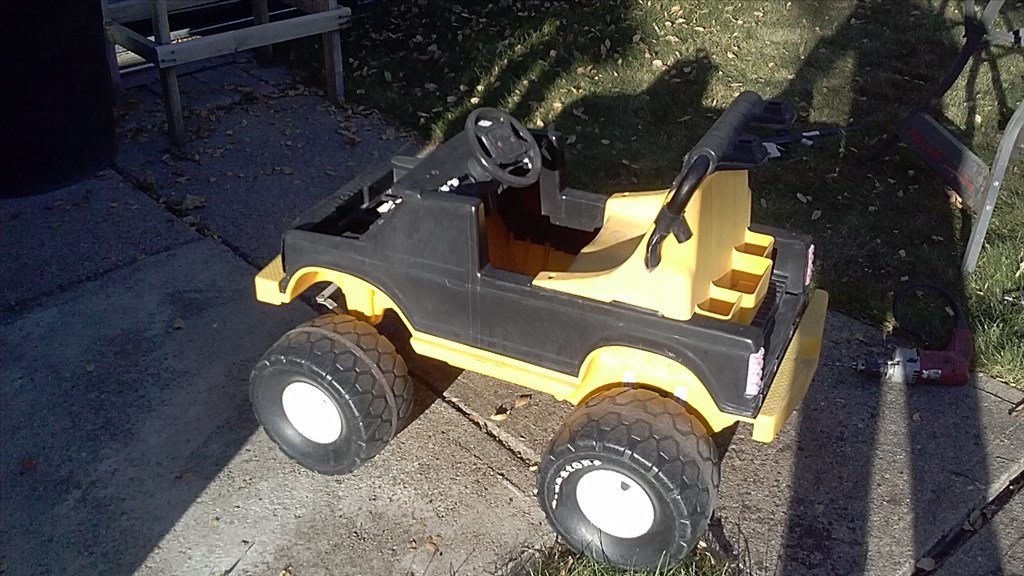
J's My New Toy I'm Building
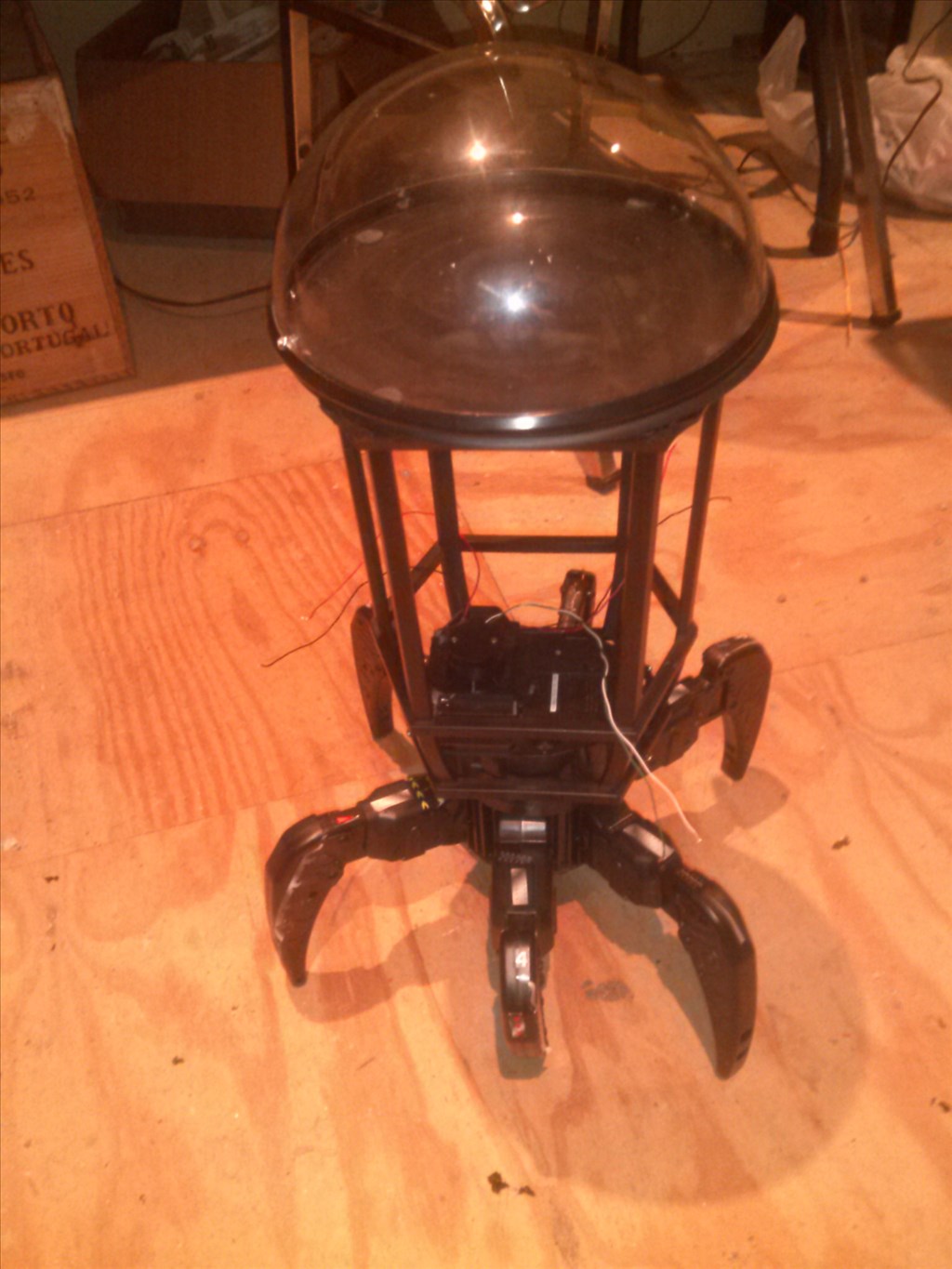
Rb550f's Ez Robot Attacknid
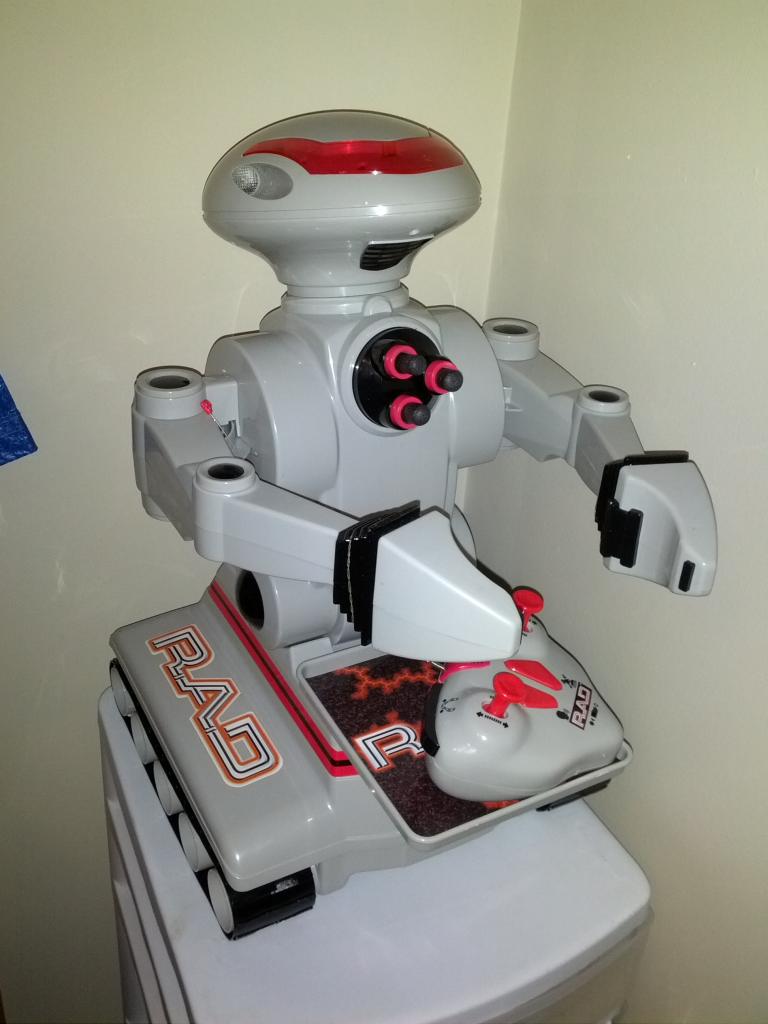
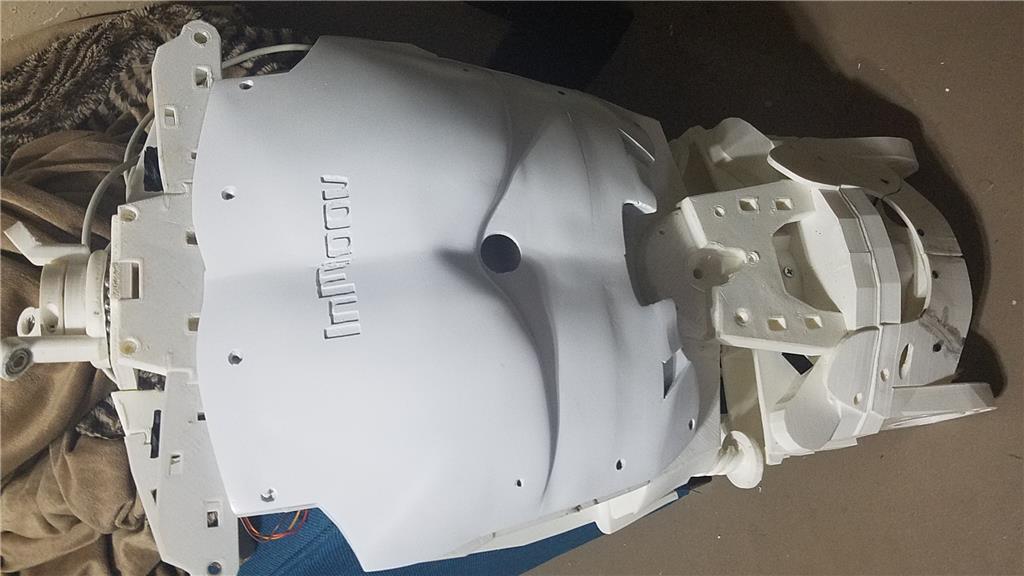
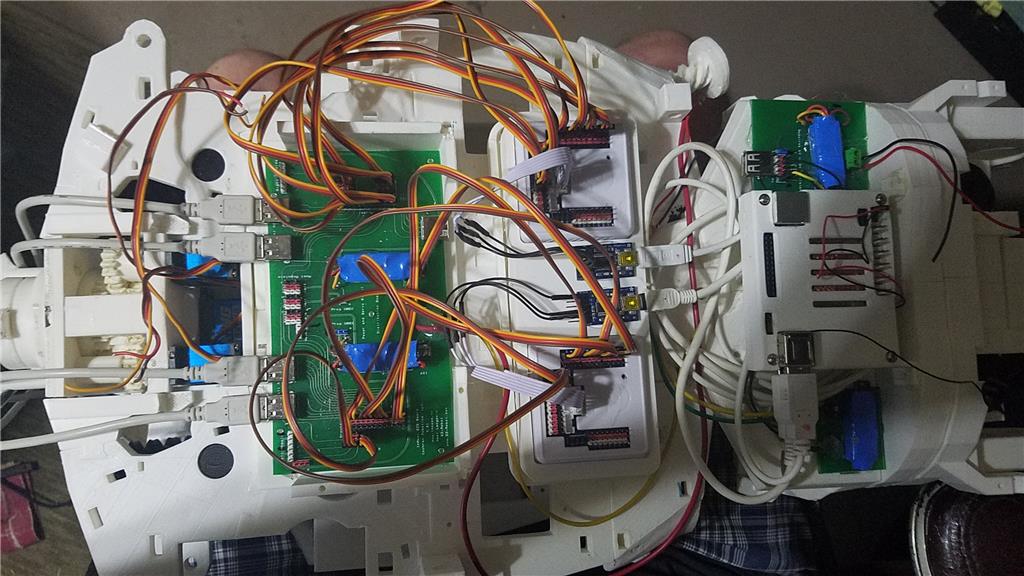
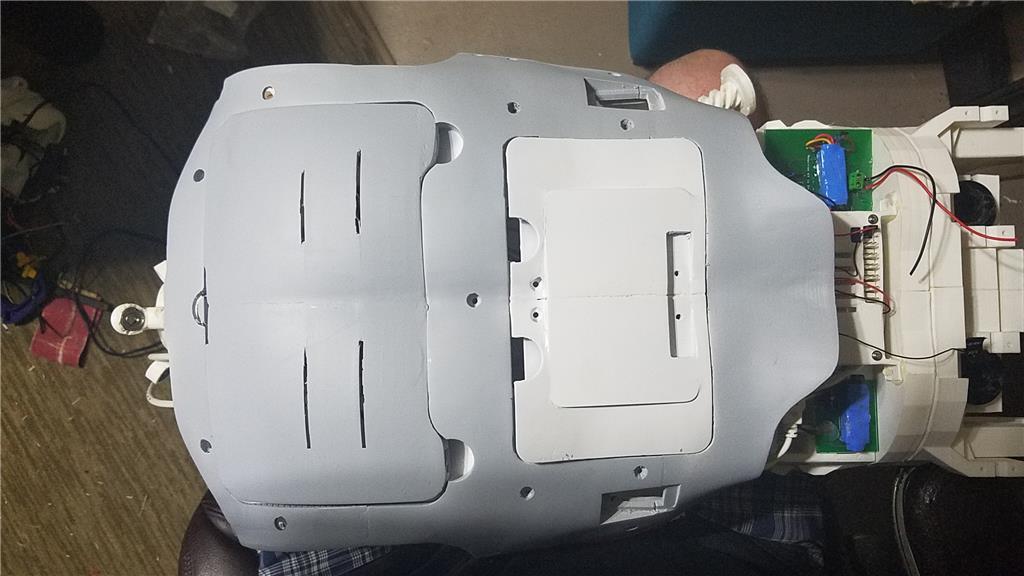
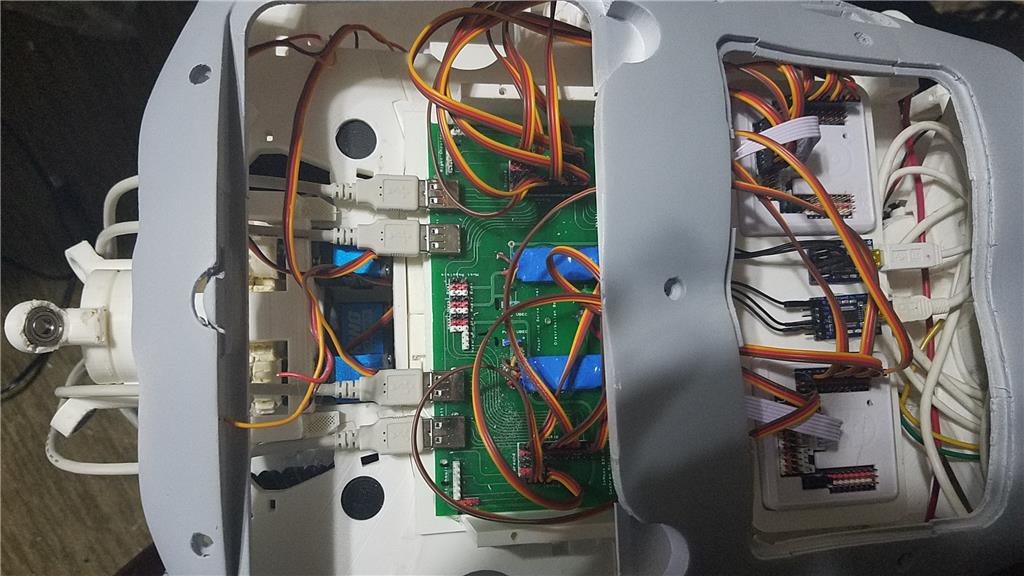
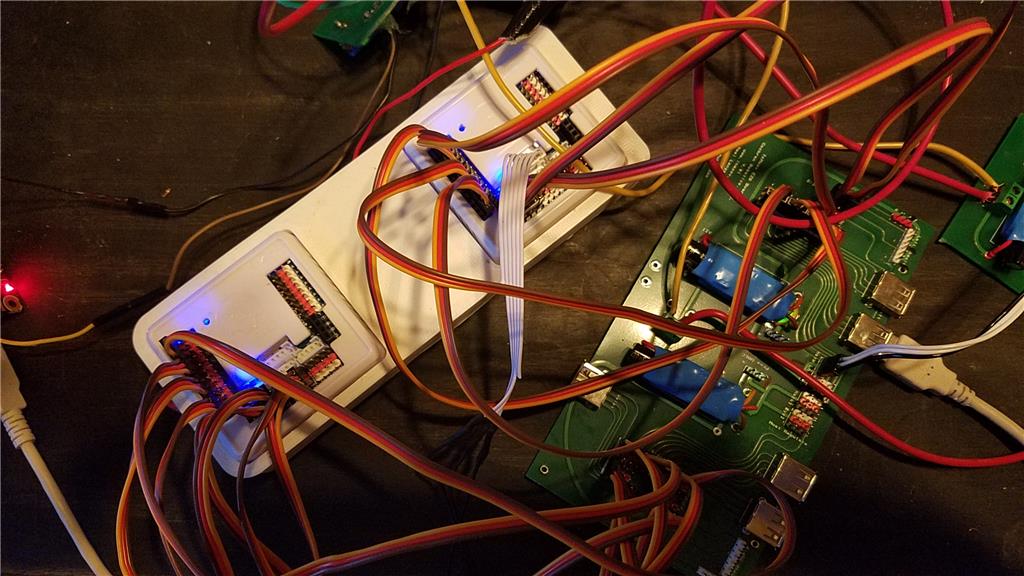

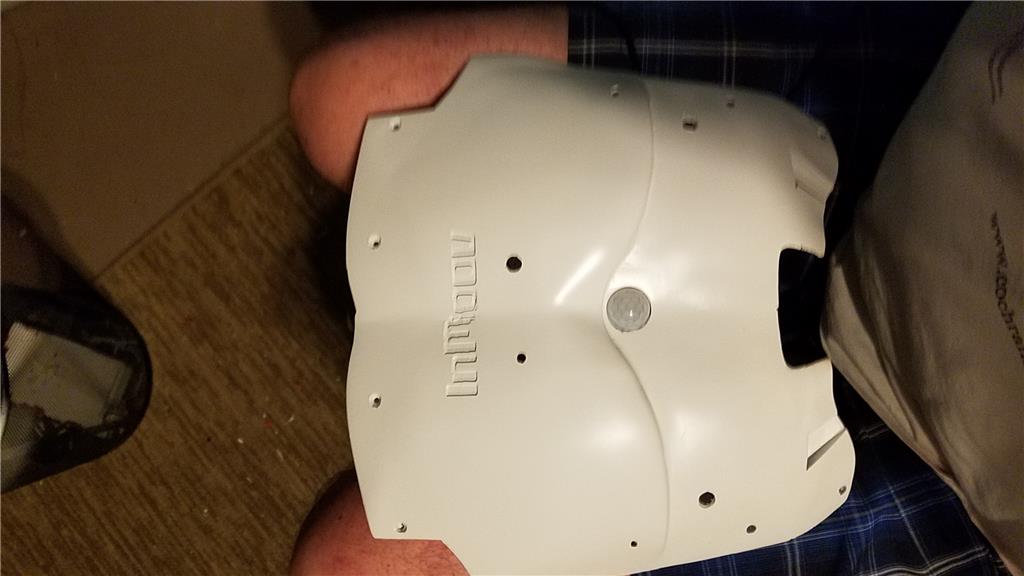
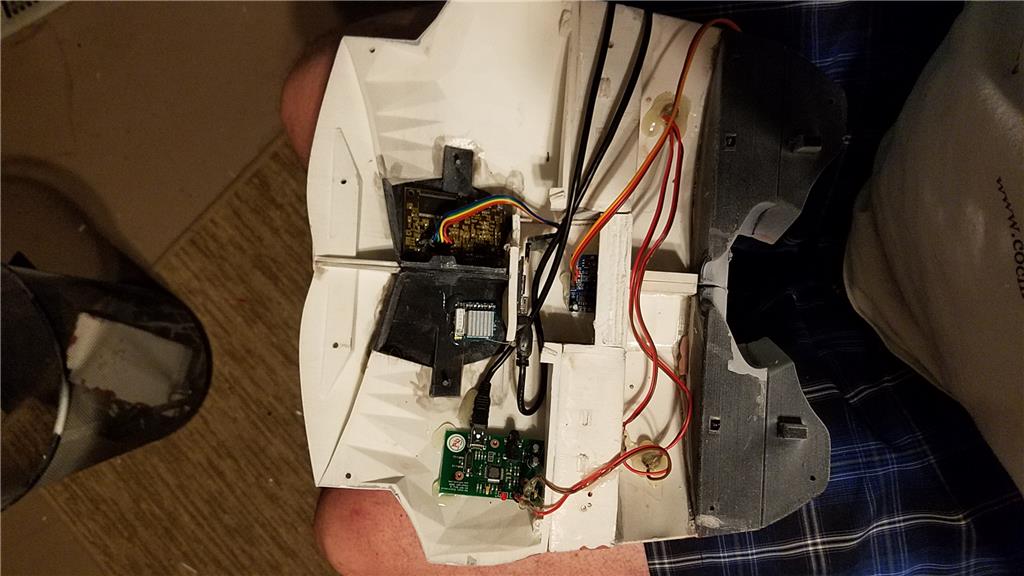
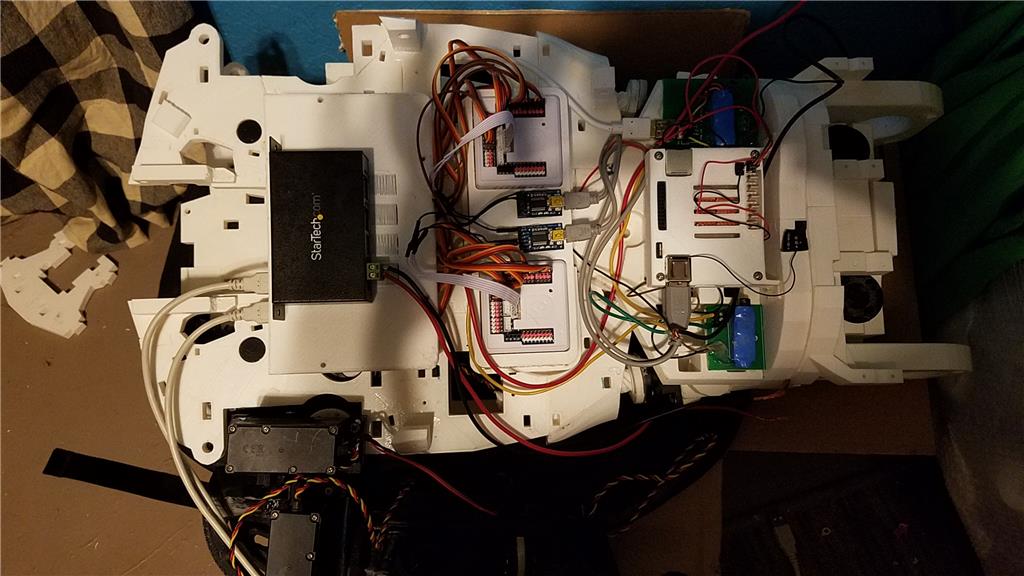
-636348381130562972.jpg)
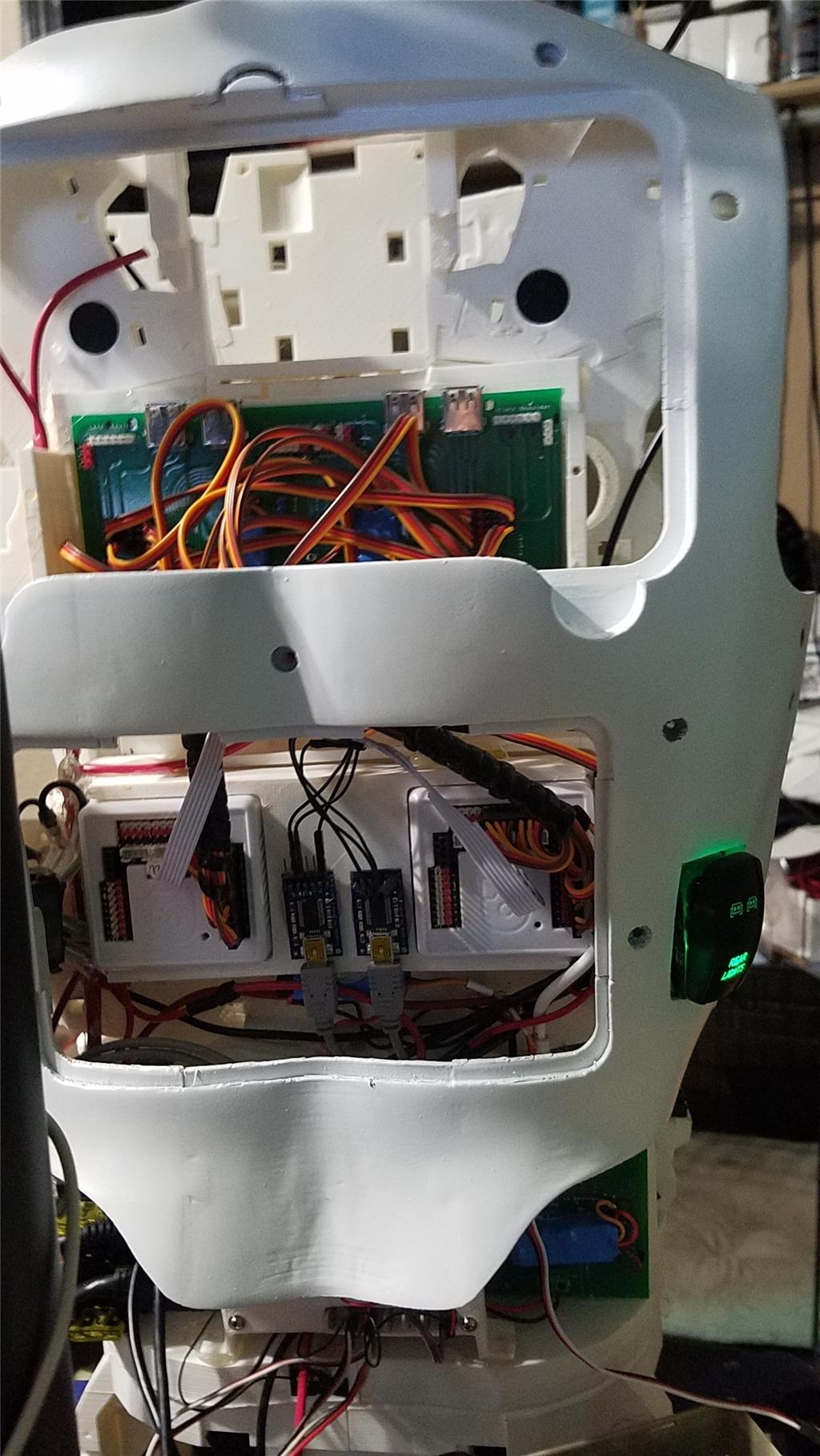
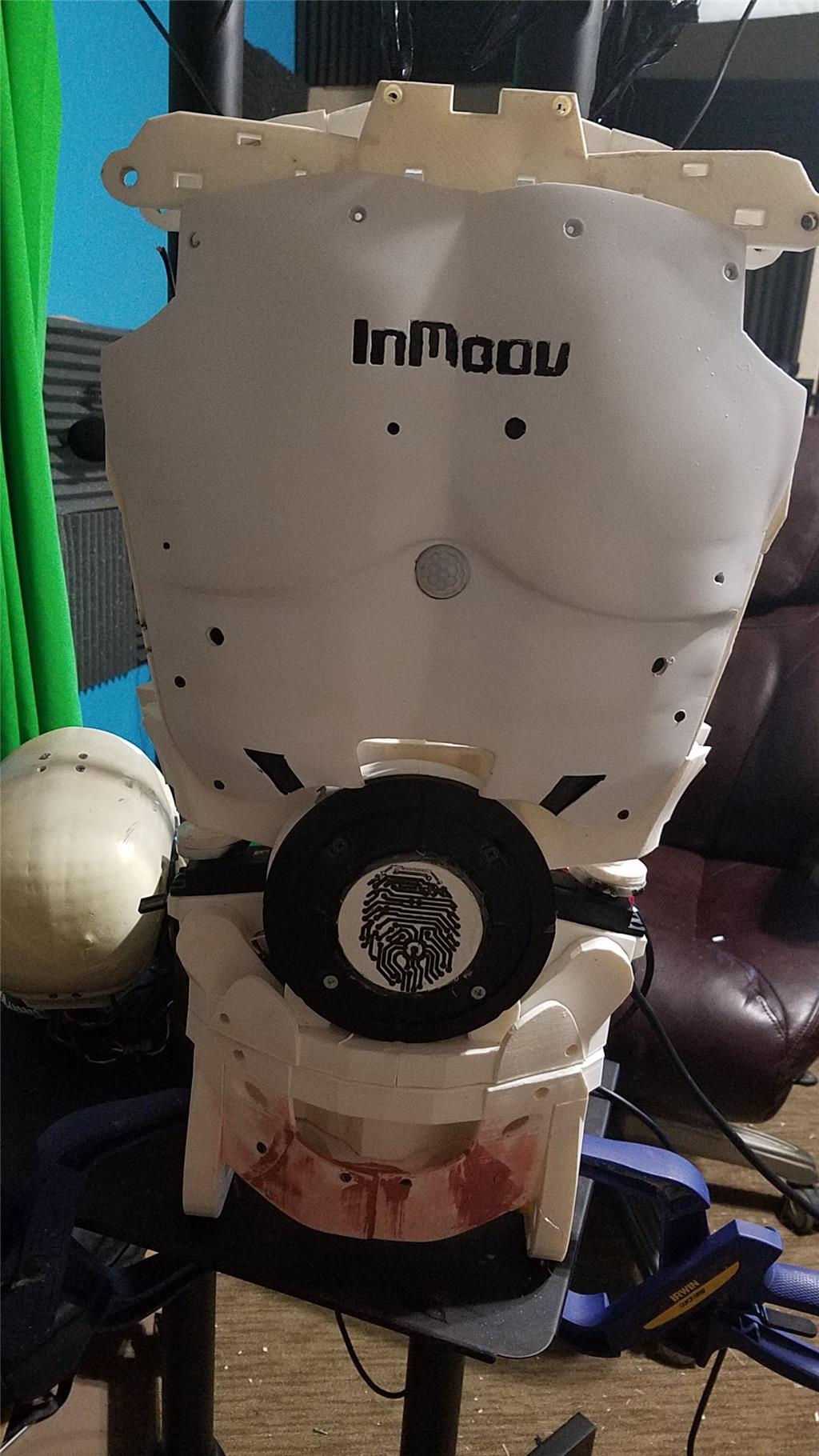
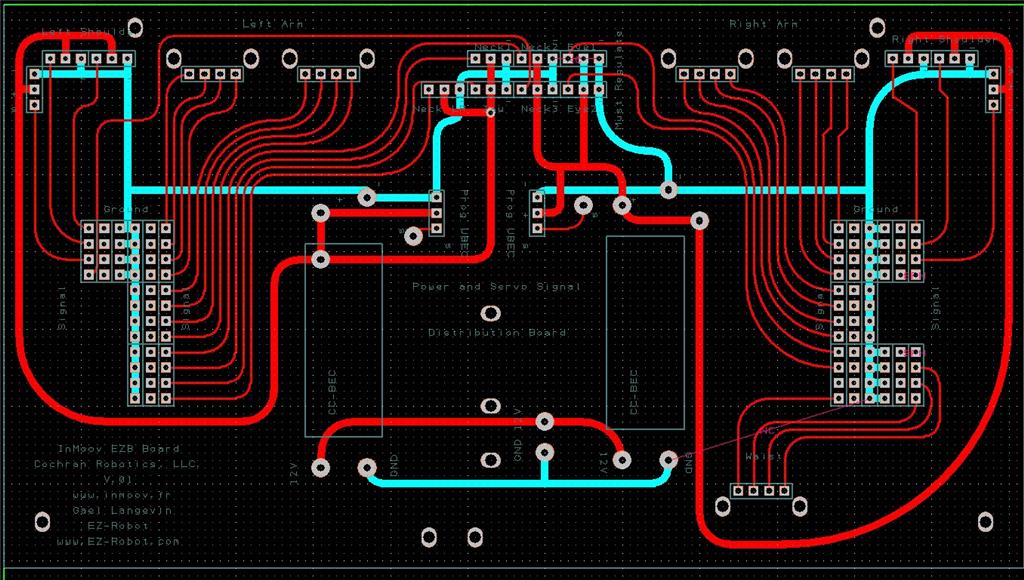
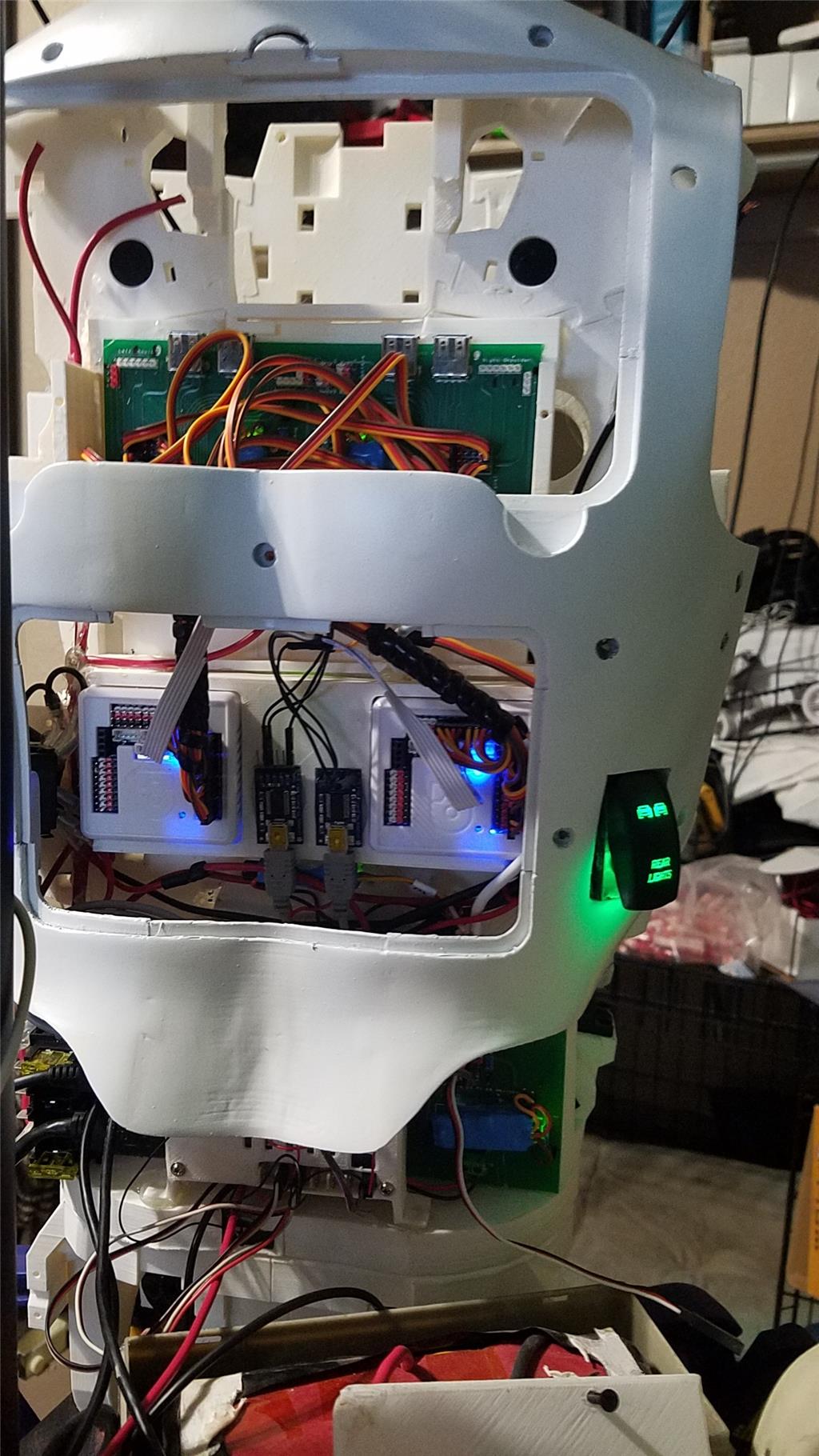
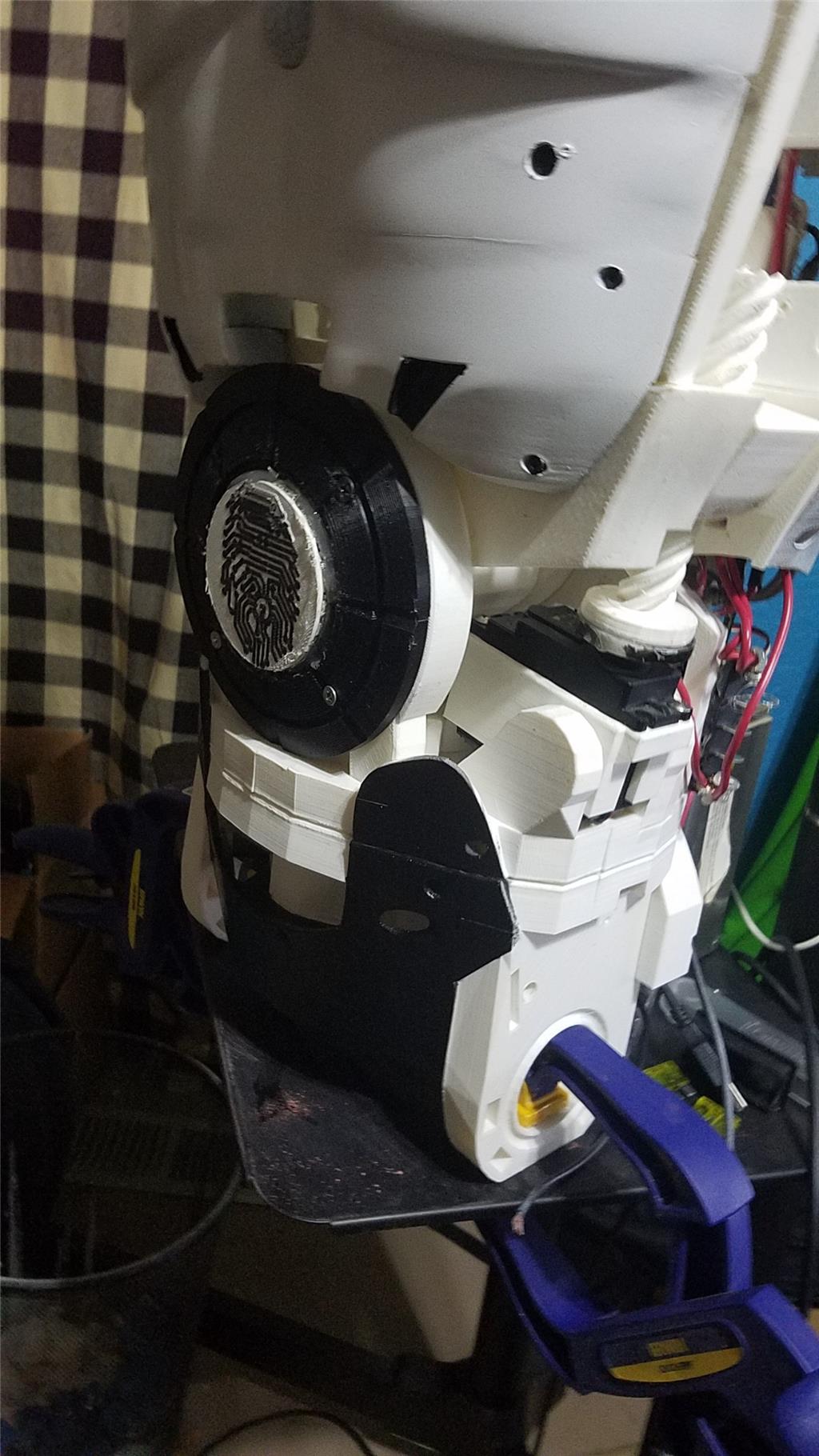
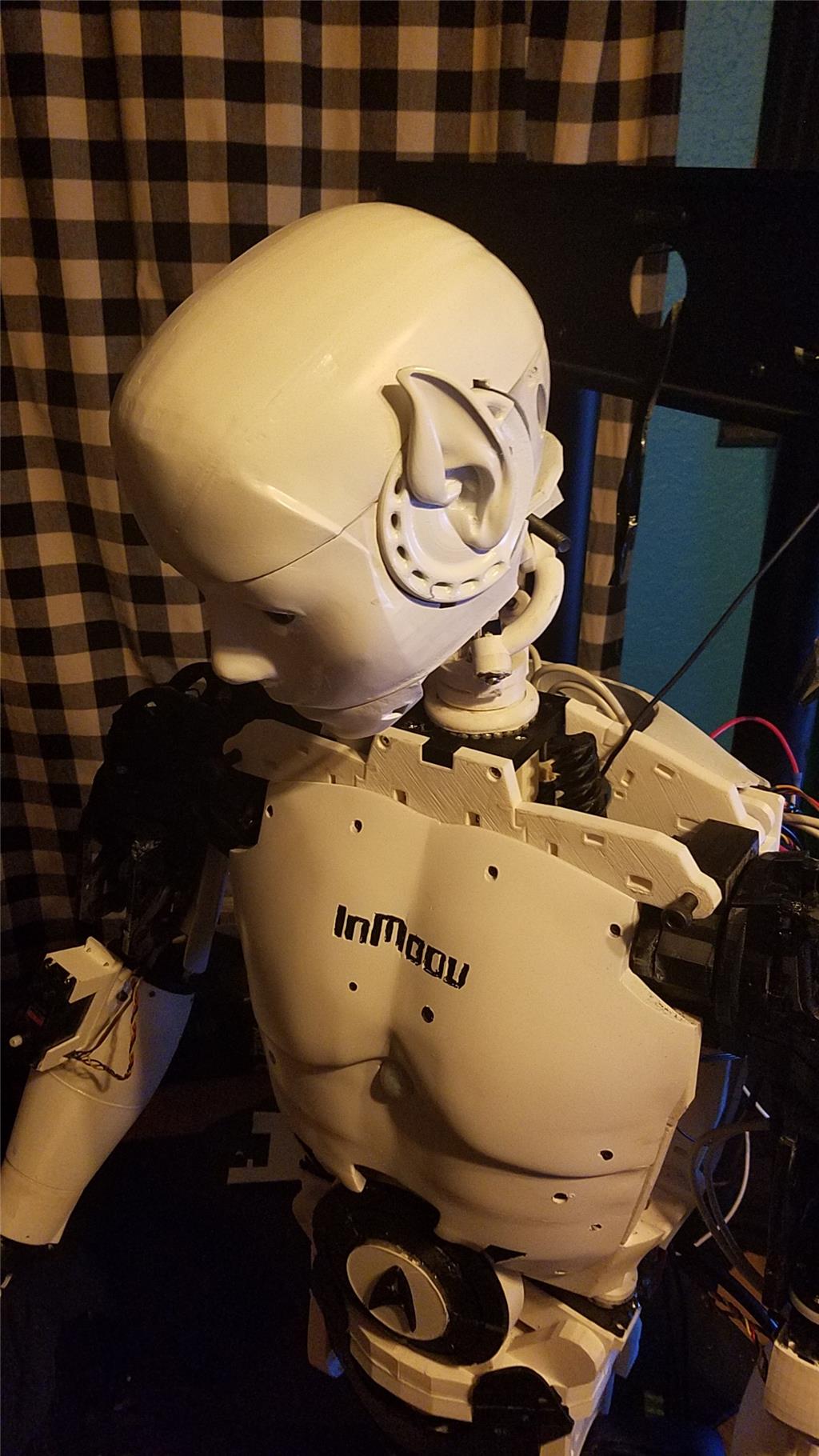
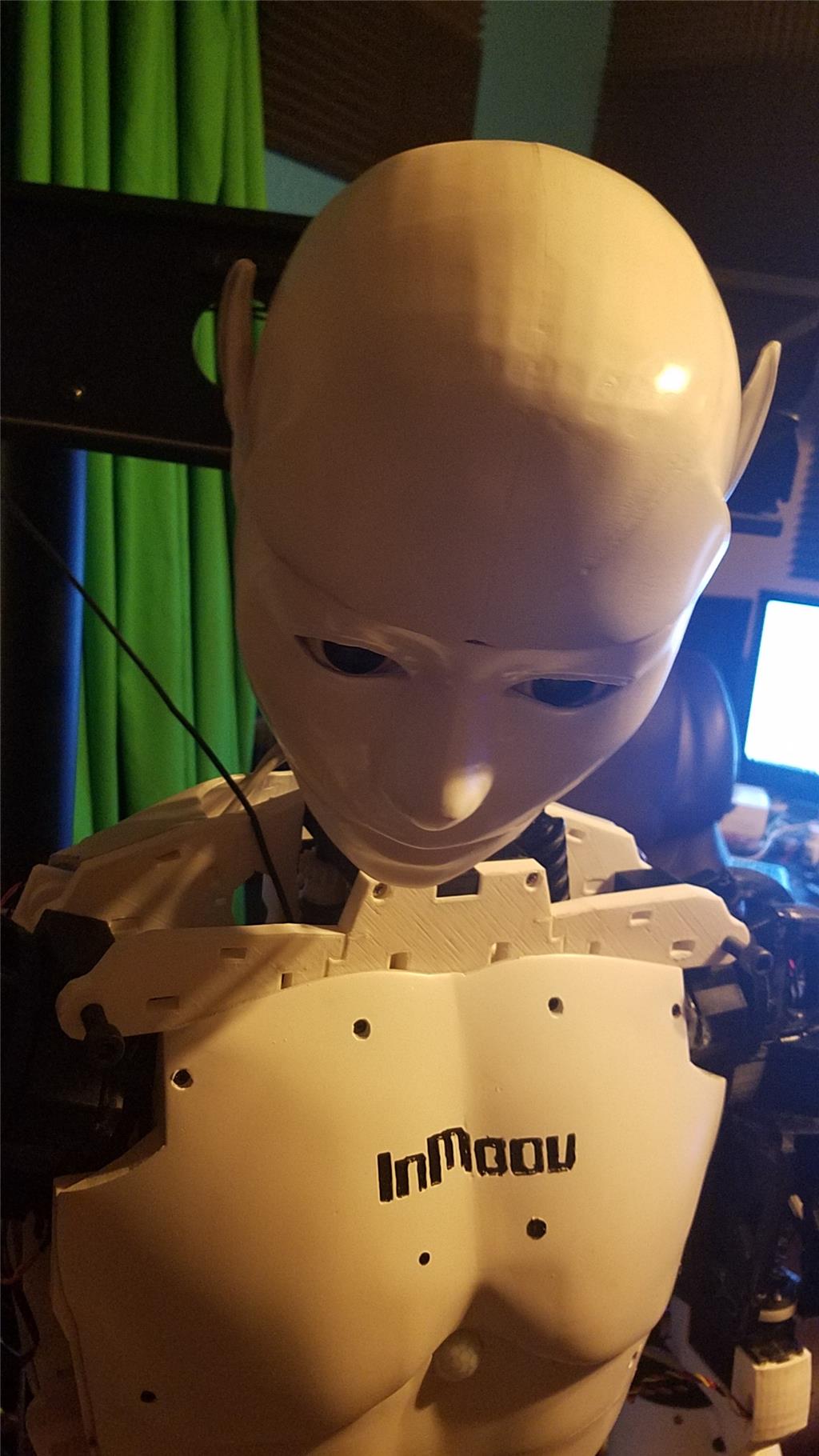
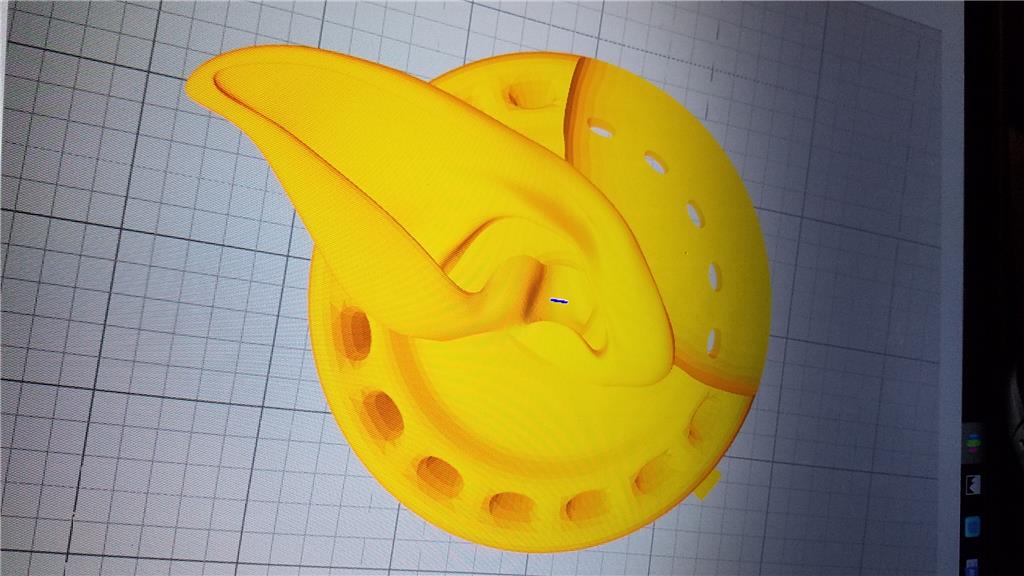
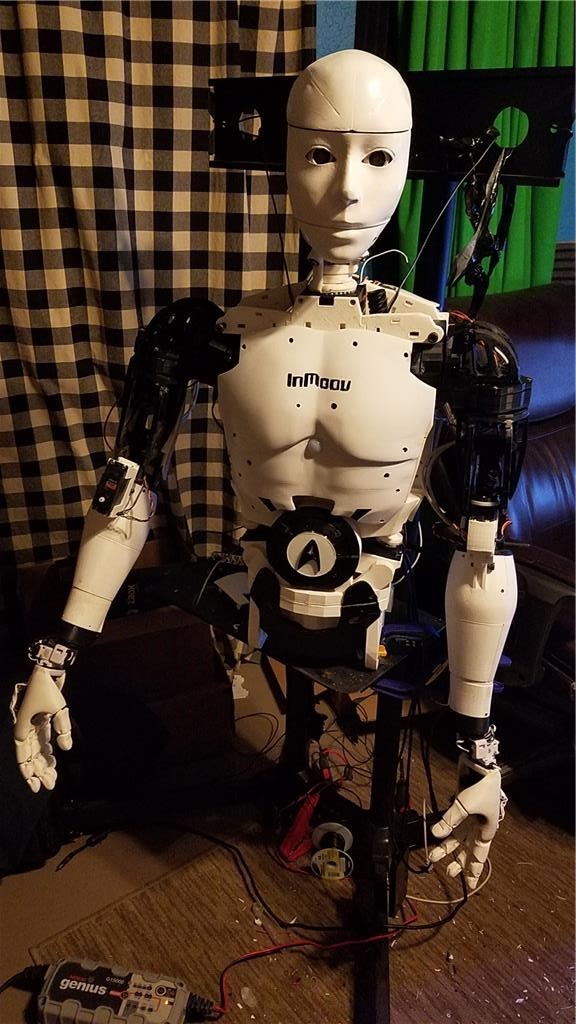
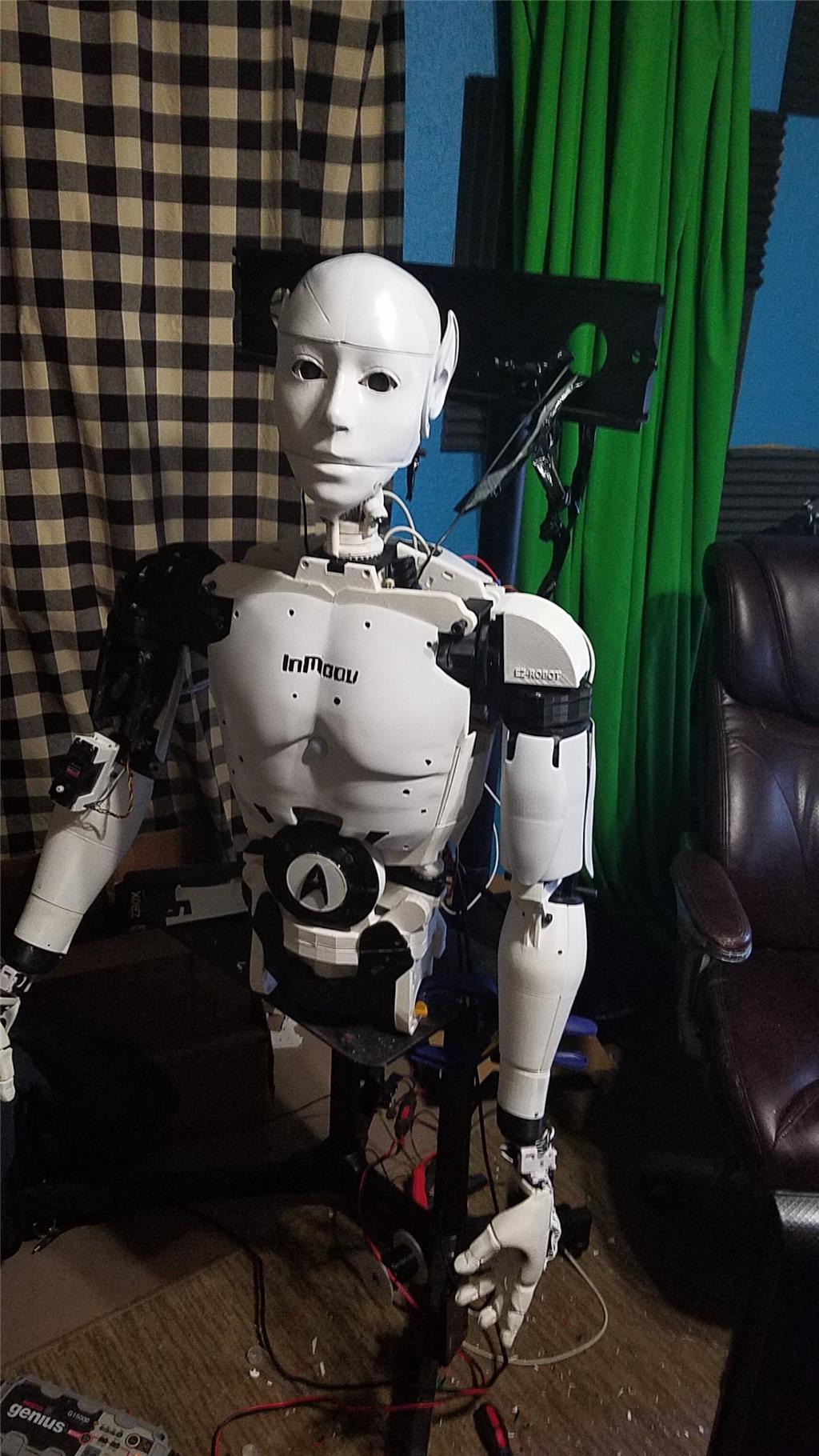
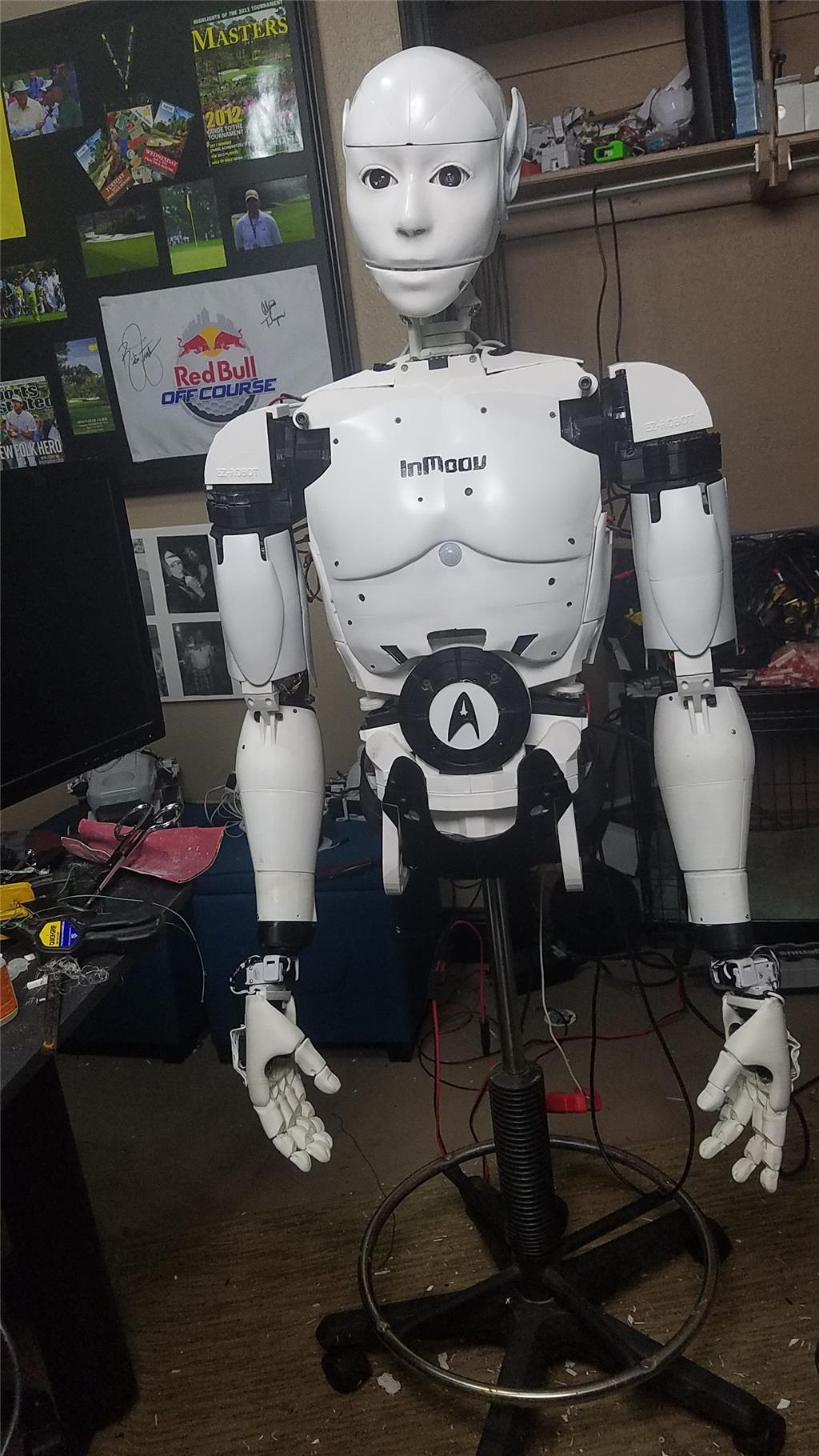
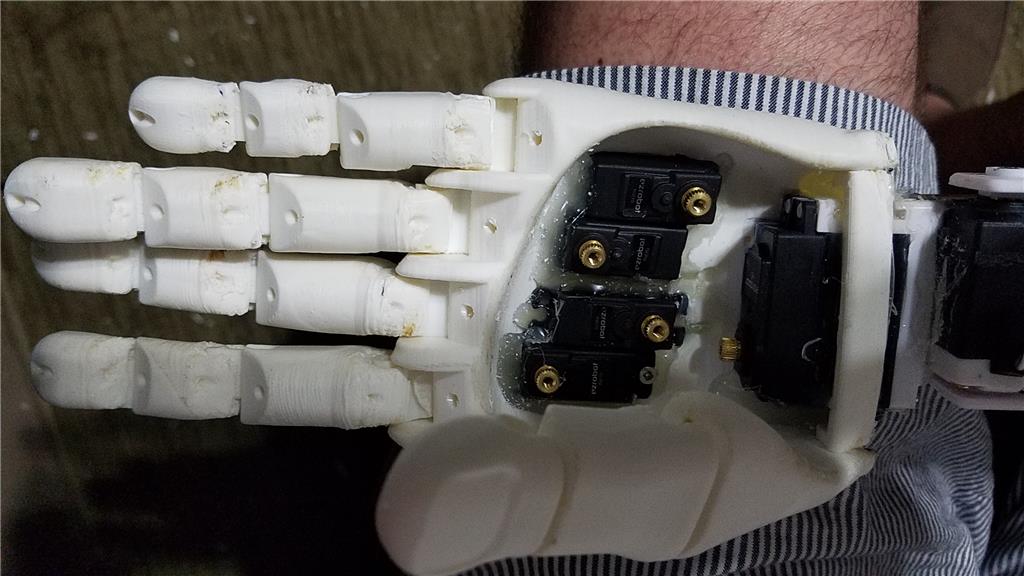
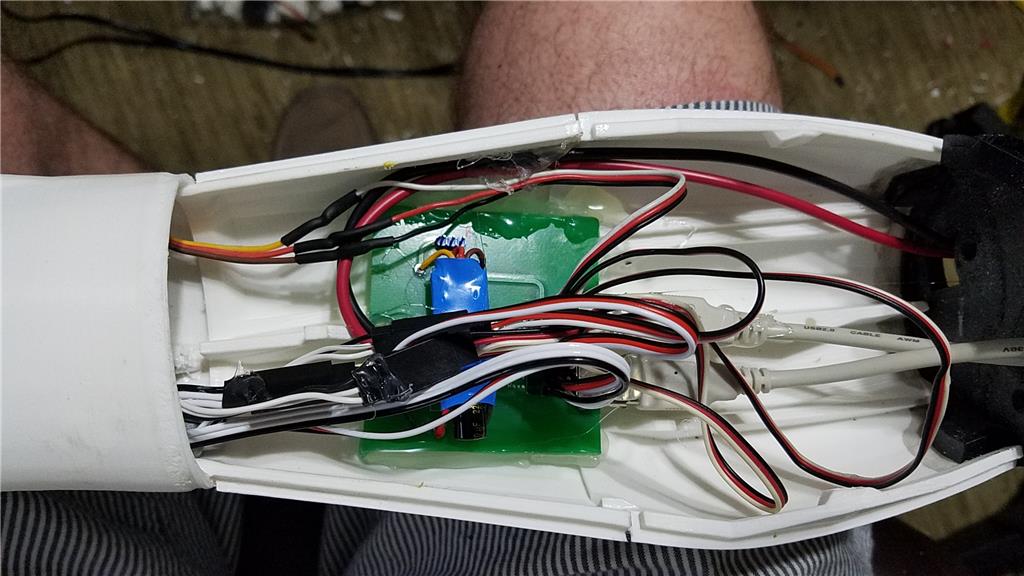
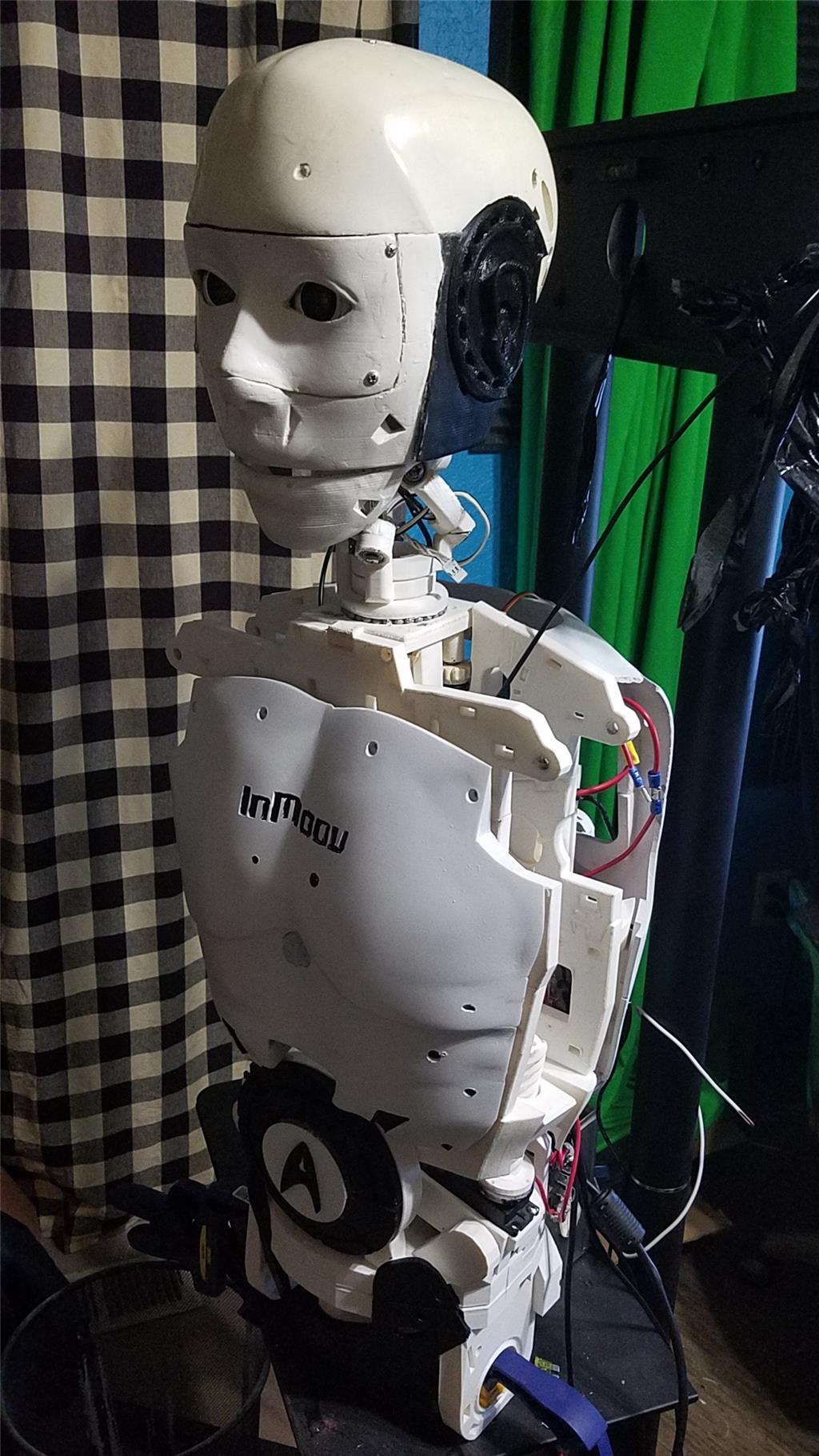
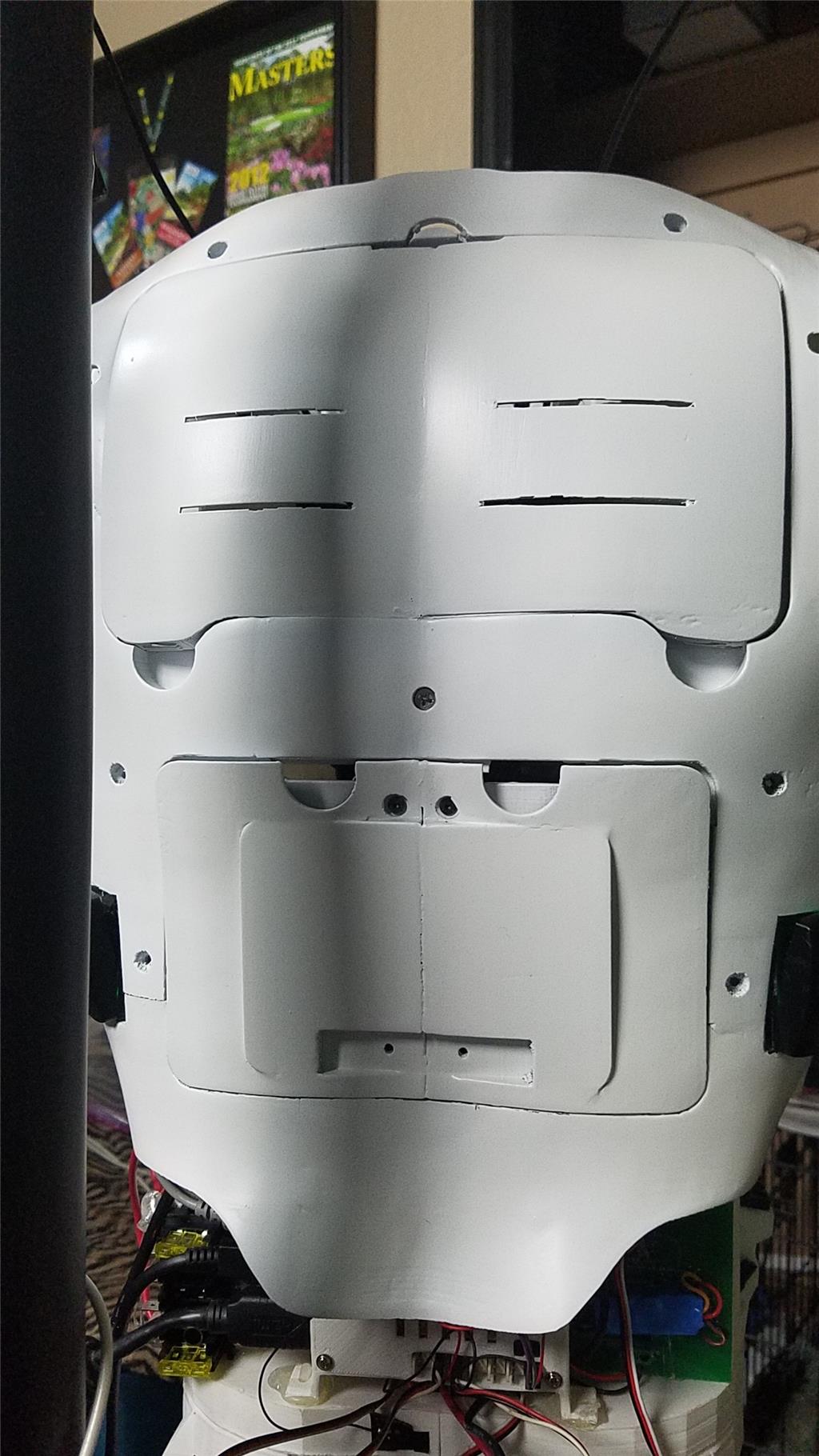
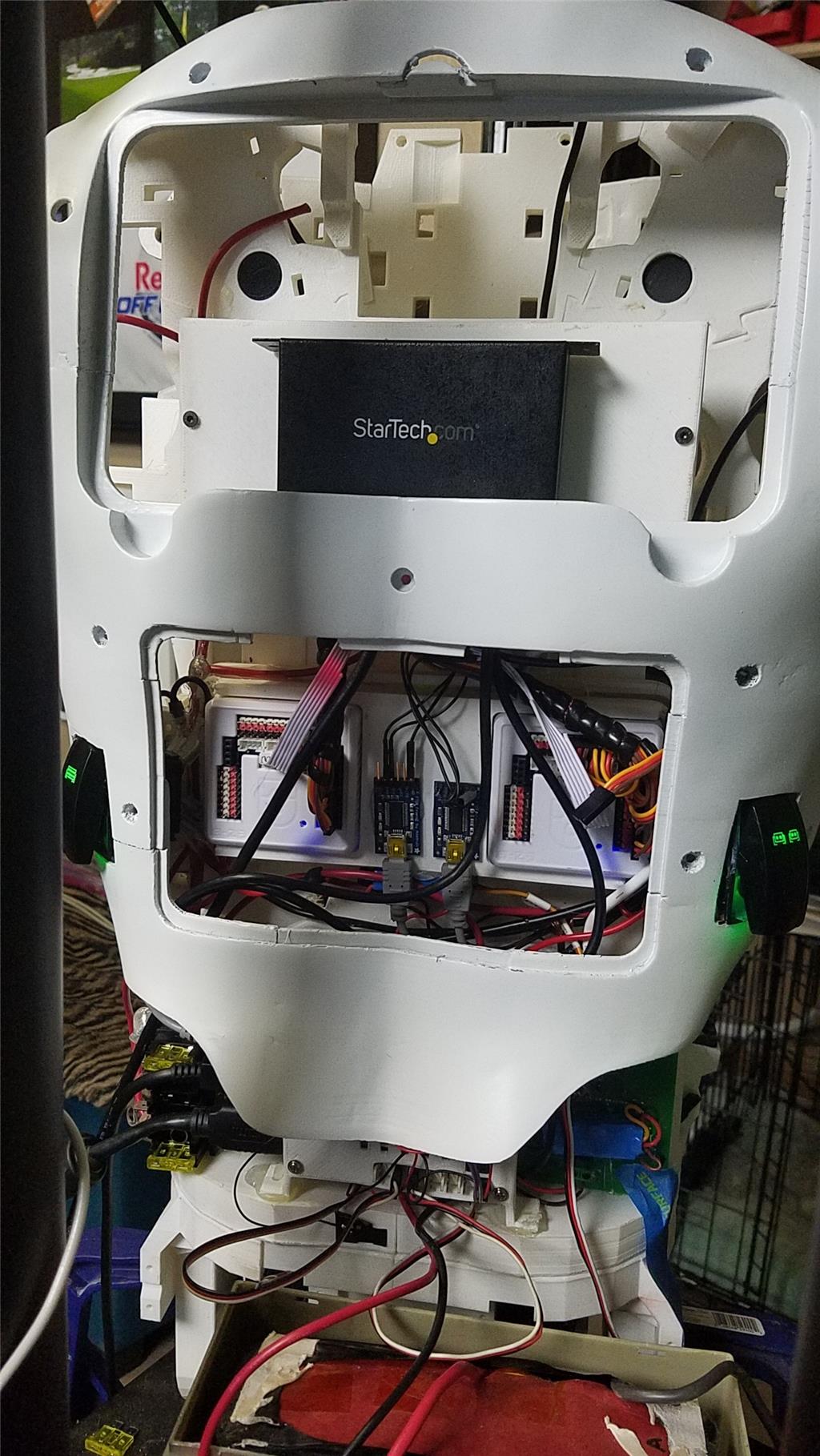
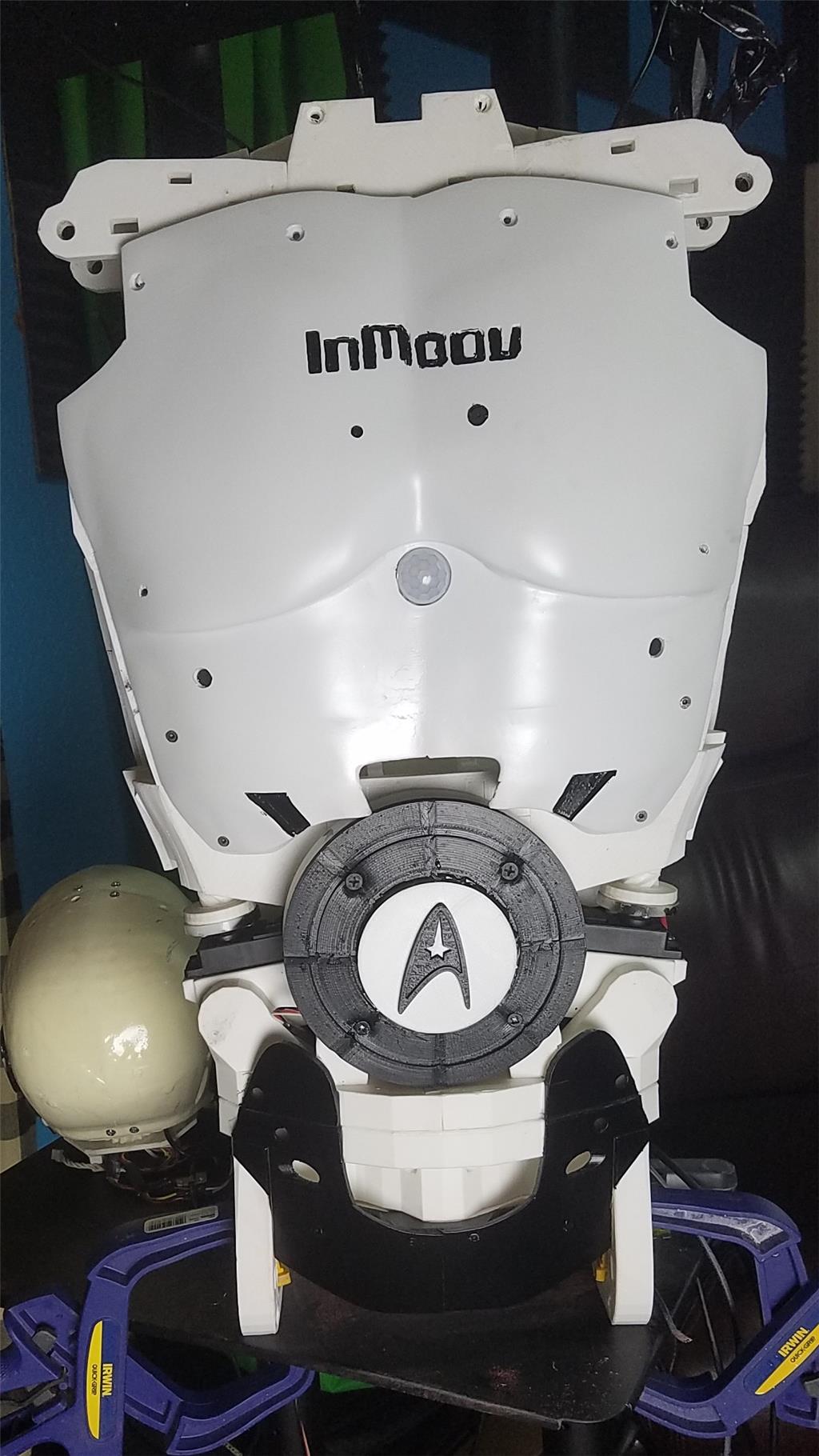


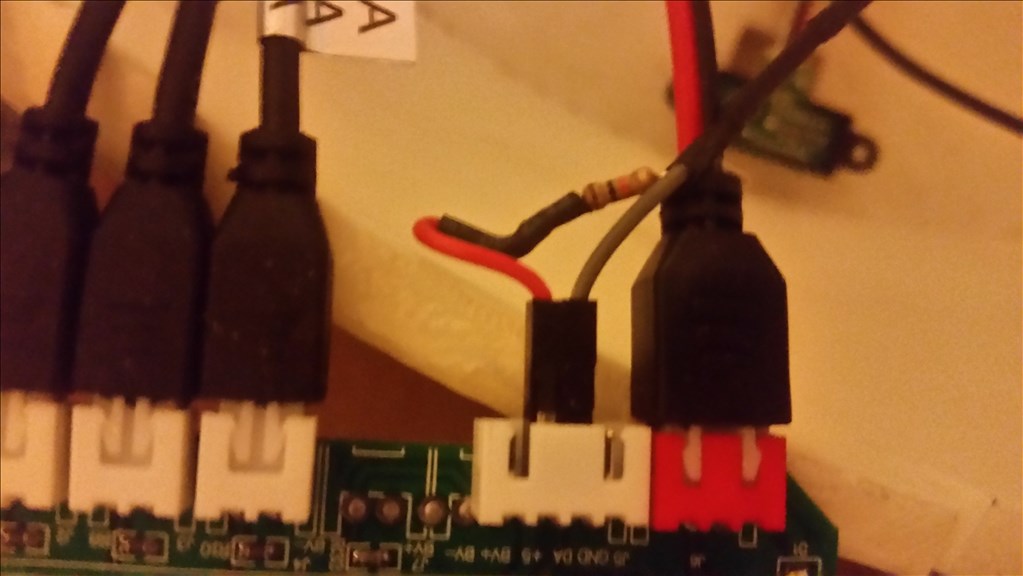
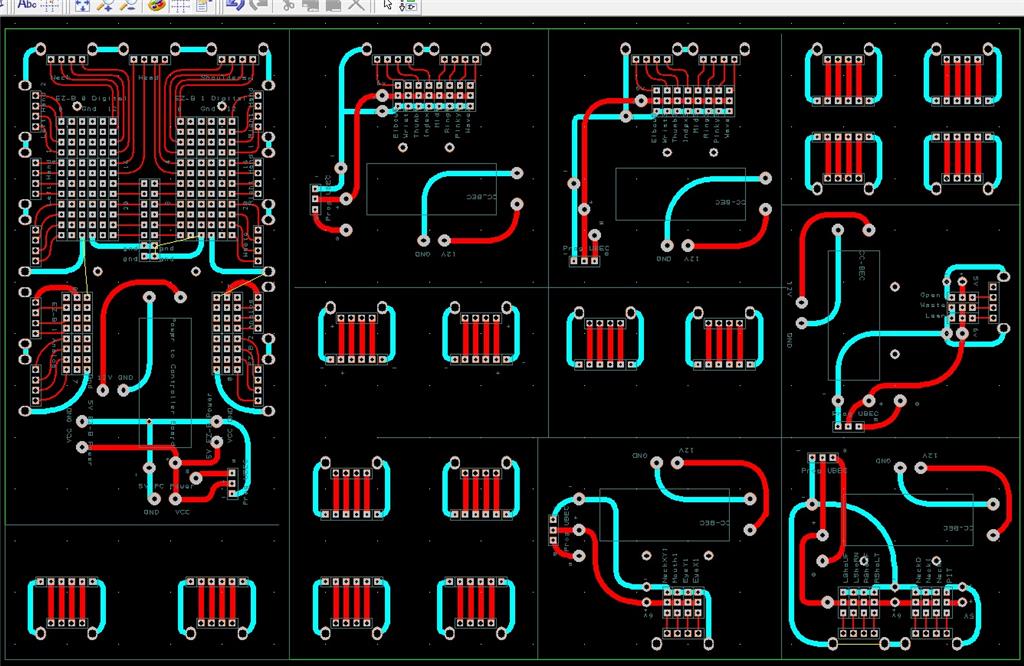
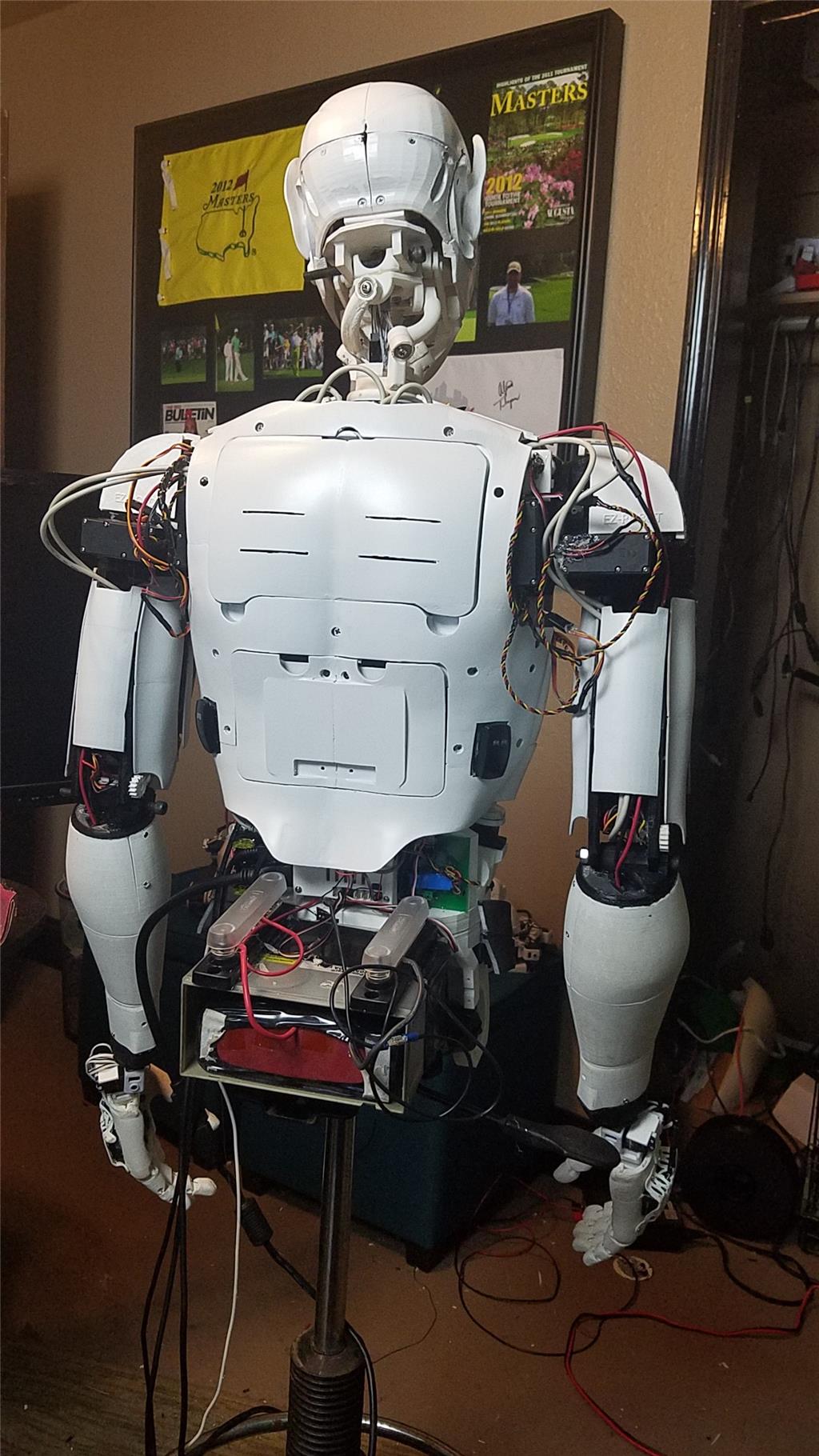
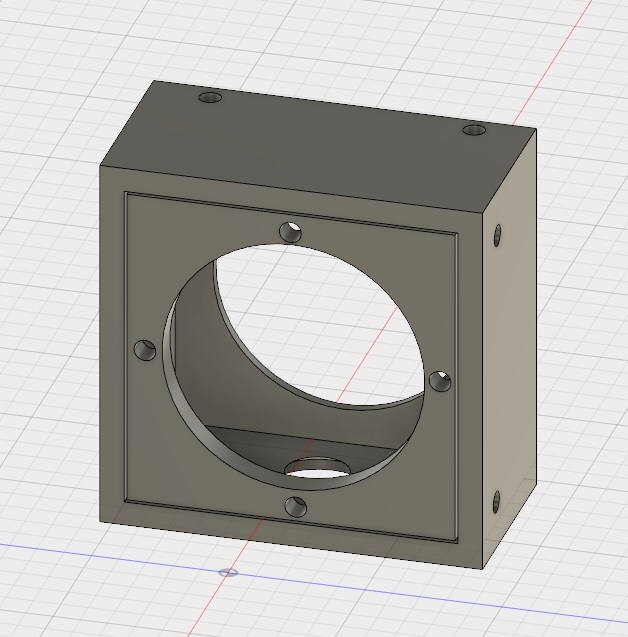

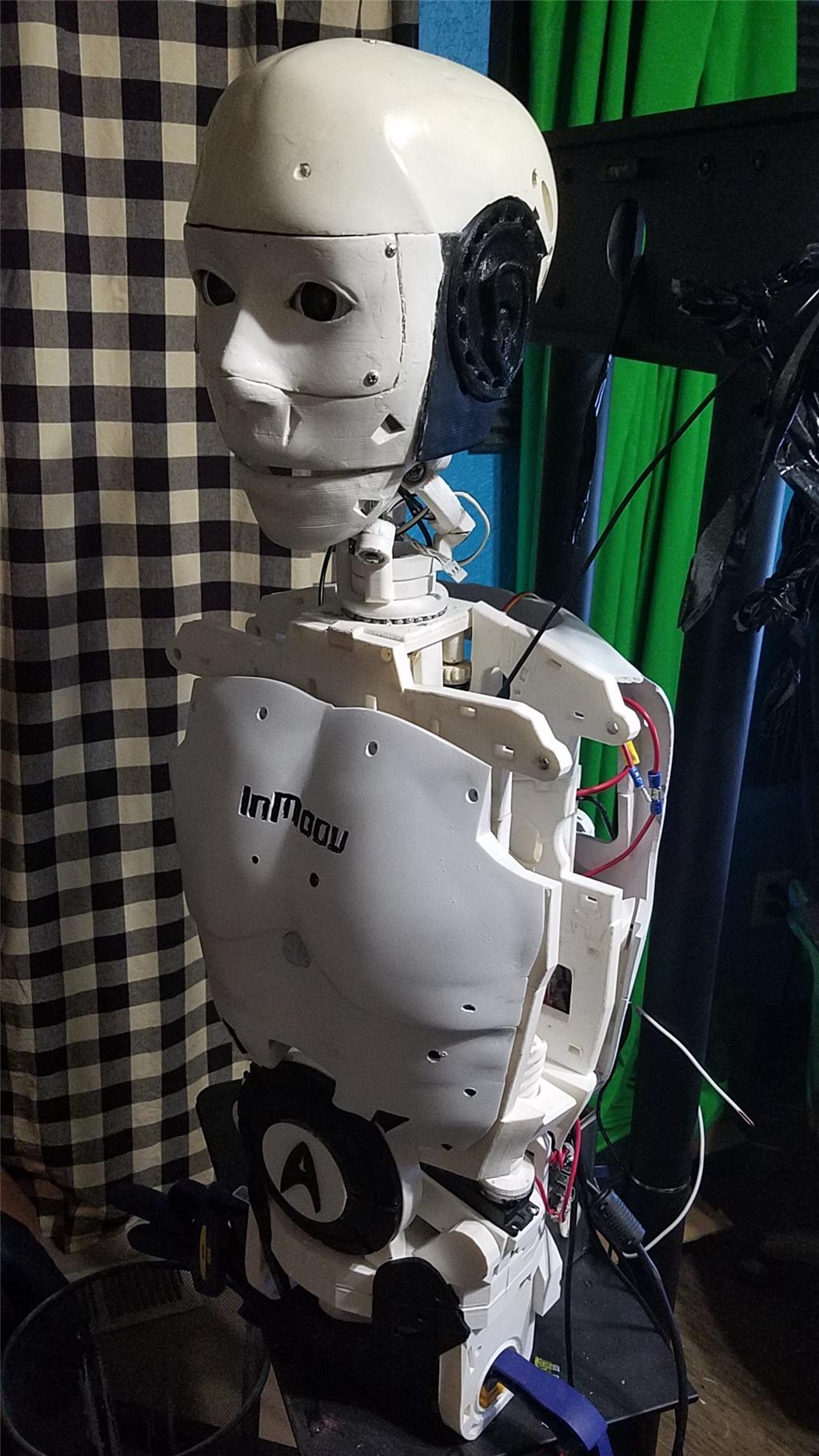
-636348716348649435.jpg)
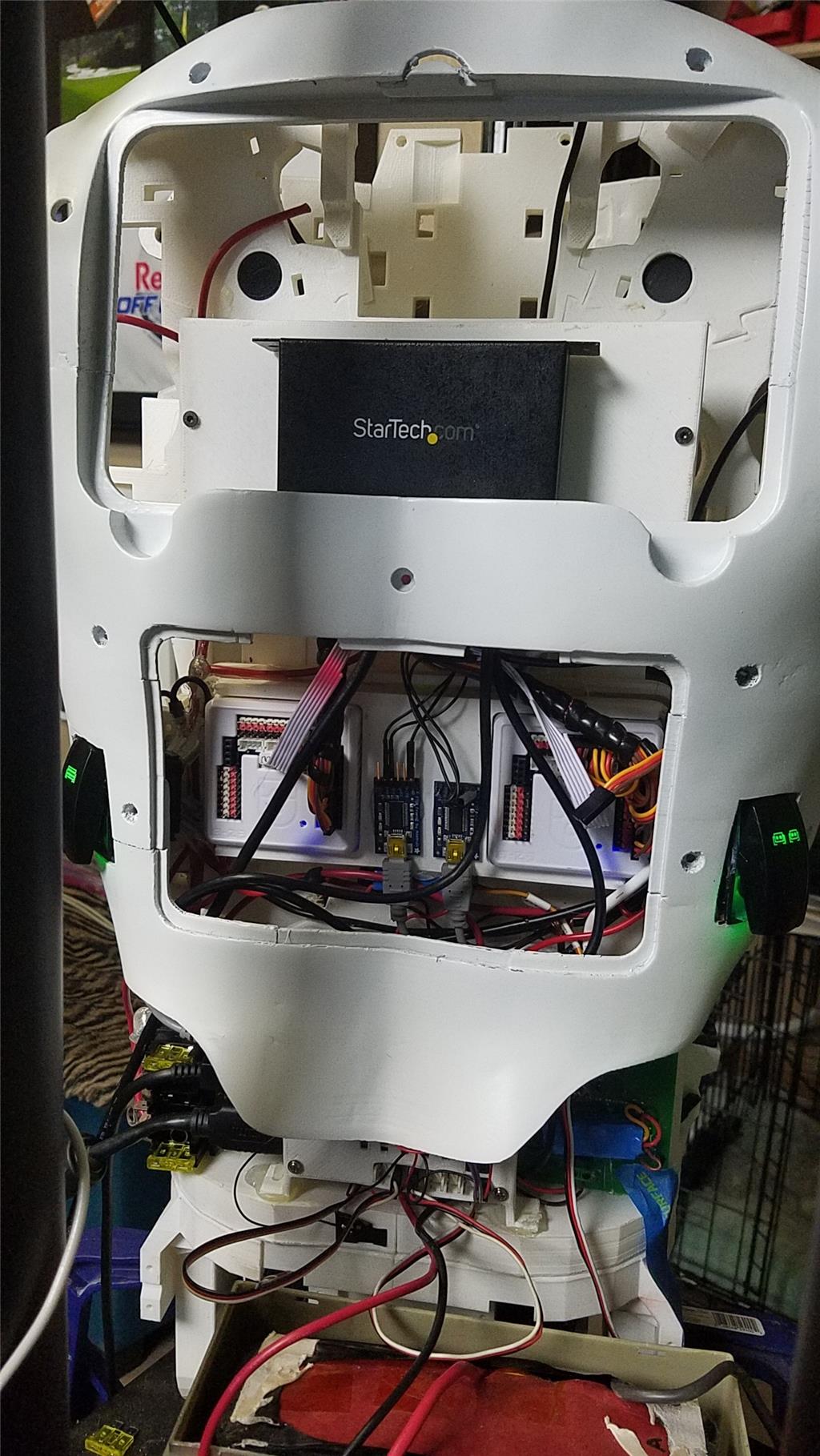
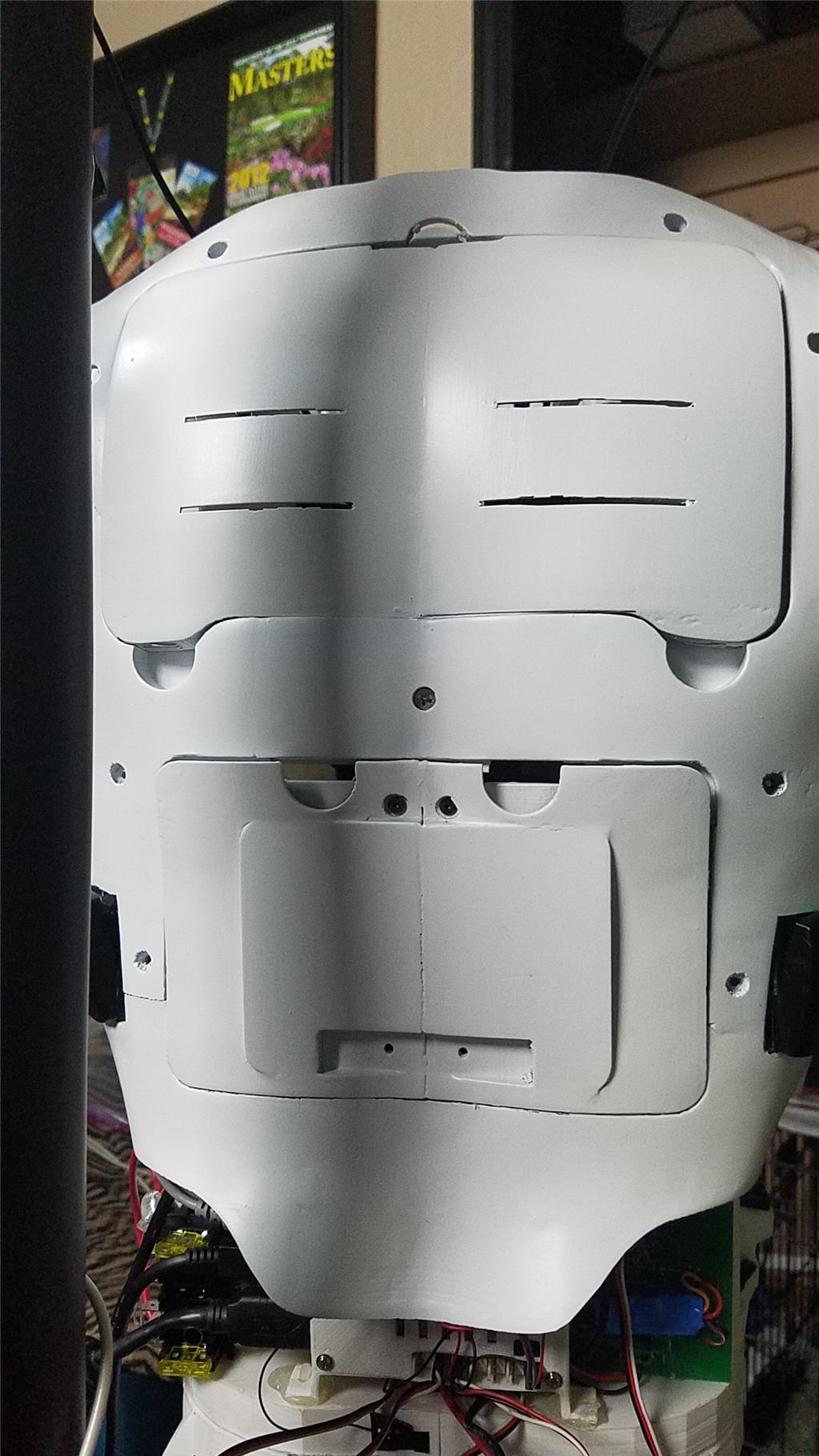

Thanks Steve G!
@cem, I dont need to use all of them but want to segment the robot out into sections. The right arm will be driven by the EZ-B on the right arm. The left arm the same. The bottom torso will be controlled by the one at the bottom and the head will be controlled by the one at the base of the neck.
The reason I want to do this are
[edit] I forgot to mention the 15 I2C ports that will be useful with all of the new sensors that EZ-Robot is going to produce. I also plan on having 9 cameras on this InMoov. 5 of these will be V4 cameras, 2 will be in the eyes and 2 will be in the chest. The 4 non-ezb cameras are all usb cameras that will attach to the computer directly. I also will have a GPS unit on the InMoov for outdoor navigation which will connect directly to the computer. [/edit]
You dont need 5 EZ-B's for an InMoov. It can be done with one. Depending on your needs, you might need 2 at most. There will also be an onboard I5 with 16GB ram and an SSD. This too is overkill right now, but I will find uses for all of this.
I don't know about you guys but I am going to be disconnecting my router at night as I am now afraid my inMoov is going to murder me in my sleep
I do not see a problem with the EZB on the shoulder servo as long as the power and control cable go through the shoulder's Pivgears. You may also hide your HDMI terminal into the shoulder or stick it under the servo where the EZB is.
It is going to be a neat design
It will be interesting to see how you program the robot's gestures, Dave, with all those EZB's. I have all of the servos on one EZB. I can use one Autopositon control to create gestures.
Yea, It will have to be scripted but I am good with that. The AutoPosition control wasn't around when I started with EZ-Robot This is the one drawback to me doing it this way, but I think the benefits outweigh the costs and I am sure that DJ will add the ability to use multiple ez-b's with the Auto Position control at some point.
This is the one drawback to me doing it this way, but I think the benefits outweigh the costs and I am sure that DJ will add the ability to use multiple ez-b's with the Auto Position control at some point.
@d.cochran Although the auto-positioner is a Godsend, I too like to script some of my movements... I find I am able to achieve more customization in movement routines that dare I say work better for that particular purpose than the auto-positioner...
Ya, It would be nice to be able to have servos assigned to different controllers in the same AutoPosition control but I'm OK with the way it is.
I have got to say that the solidoodle 4 prints abs well. It took some trial and error and about 1/10th of a roll of file filament to get the settings right but it printed it's first part and it looks pretty good. I plan on printing about 2 rolls of filament before calling it good but I have to say that I am impressed so far.
When we got the printer it had a screw missing that held the right side panel in place. The right y axis belt had slipped and the x axis set screw for the stepper motor gear was loose. All of these things were quick fixes.
To get it to print well, I am using an older version of slic3r and repetier host. I didn't have good luck with the newer versions of it. I have spent about 12 hours working on getting it setup and tuned in, but I expected longer than that. I will comment again on it after the 2 rolls of filament have gone through it without issues. I wish I could drop the money on simple 3d but this is the schools printer so working well is good enough for me.